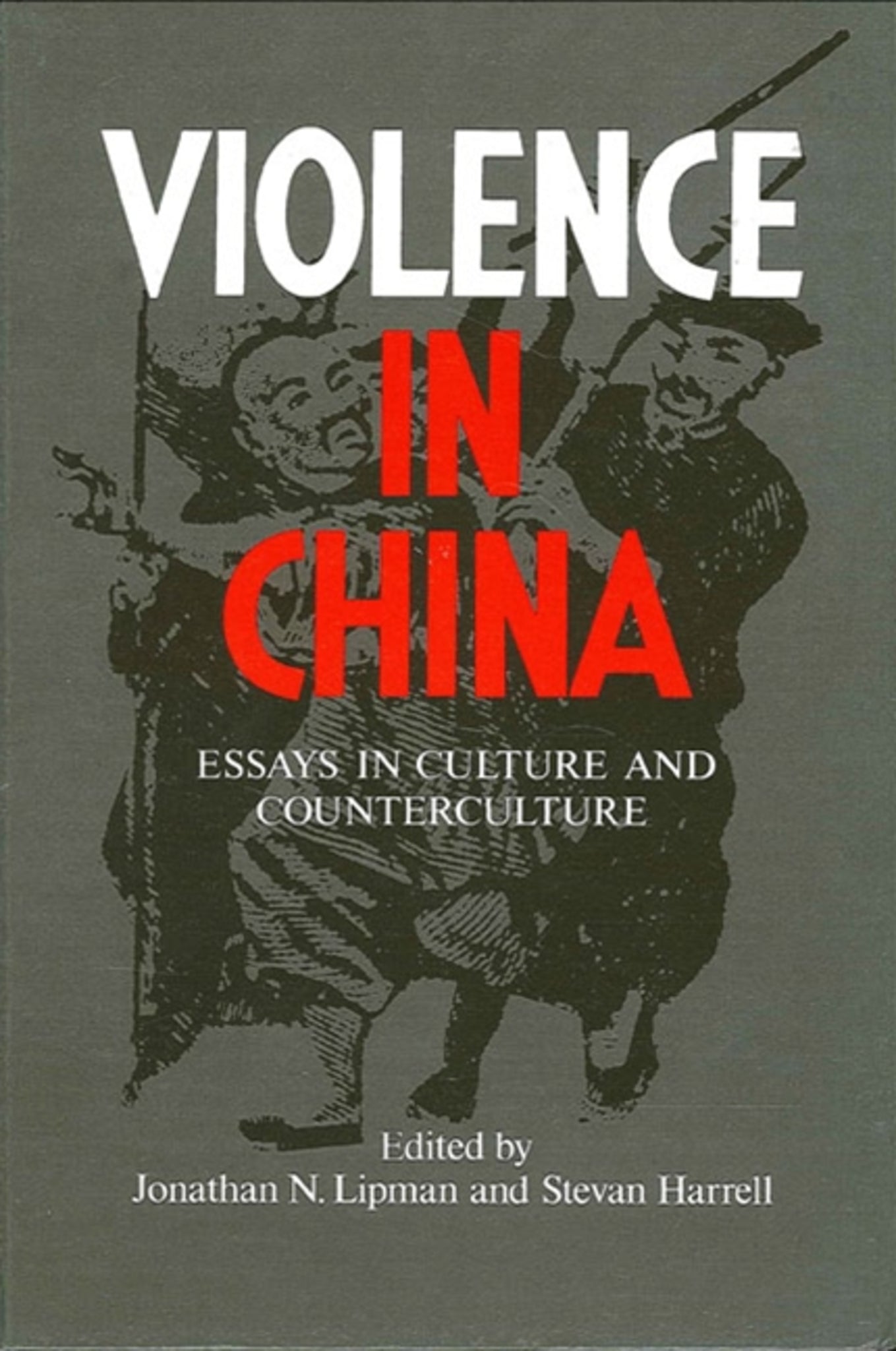We're sorry. An error has occurred
Please cancel or retry.
Violence in China

Some error occured while loading the Quick View. Please close the Quick View and try reloading the page.
Couldn't load pickup availability
- Format:
-
12 April 1990

In this volume, Lipman and Harrell explore the prevalence and ubiquity of violence in China, a society whose official norms value harmony and condemn conflict. The book investigates violence in a wide variety of situations through the sweep of history and in contexts ranging from the family to the national polity.
The book explores motivations for violence from both a historical and a contemporary perspective. Historically, the authors cover bloody religious rebellions in premodern times, the depiction of violence in traditional popular novels, ethnic strife between Muslims and Han Chinese in the Northwest, and feuding local communities in the Southeast. Modern China is depicted by analyses of rural and urban violence in Mao's Cultural Revolution and an examination of continuing domestic violence. This depiction of the cultural themes and motivations for violence allow lessons drawn from specific contexts to be applied to the nature of Chinese culture in general.


Preface
One
Introduction
Stevan Harrell
Two
Lineage Feuding in Southern Fujian and Eastern Guangdong under Qing Rule
Harry J. Lamley
Three
Ethnic Violence in Modern China:
Hans and Huis in Gansu, 1781–1929
Jonathan N. Lipman
Four
Sectarian Eschatology and Violence
Richard Shek
Five
Violence and Buddhist Idealism in the Xiyou Novels
Frederick Brandauer
Six
Urban Violence during the Cultural Revolution:
Who Is to Blame?
Anne F. Thurston
Seven
The Politics of Revenge in Rural China during the Cultural Revolution
Richard Madsen
Eight
Violence against Women in Contemporary China
Christina Gilmartin
Glossary
Contributors
Index



